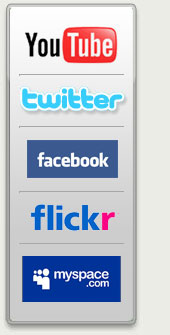Learning Korean Language
Embarking on the Korean language learning adventure opens a gateway to a rich culture, captivating media, and meaningful connections.
This summary outlines a practical approach, dividing the journey into beginner, intermediate, and advanced stages, each building upon the last. The Foundation: Beginner Level (Focus: Recognition & Basic Communication) The initial phase centers on demystifying the Korean alphabet, Hangeul (한글). Its logical structure makes it surprisingly learnable. Mastering Hangeul is paramount for accurate pronunciation and reading. Alongside, build a foundational vocabulary of everyday greetings, numbers, basic objects, and simple actions. Crucial grammar points include subject/object marking particles (은/는, 이/가, 을/를) and basic sentence structures. Focus on understanding and producing simple phrases for introductions, basic needs, and website navigation terms. Key is consistent exposure and repetition through audio and visual aids. Building Blocks: Intermediate Level (Focus: Comprehension & Expressing Ideas) As you progress, the focus shifts to expanding vocabulary related to daily life, hobbies, and common situations. You'll delve into more complex grammar, including various verb conjugations (past, present, future), sentence endings (아요/어요, 습니다/ㅂ니다), and connecting words (그리고, 하지만). Understanding longer website content, asking and answering simple questions, and describing things become central. Learning to navigate social interactions with appropriate levels of formality (honorifics) is also key. Active practice through speaking, reading simple texts, and engaging with basic Korean media is vital. Fluency and Nuance: Advanced Level (Focus: Complex Communication & Cultural Understanding) The advanced stage aims for fluency and a deeper understanding of Korean culture and context. Vocabulary acquisition becomes more specialized, encompassing idioms, proverbs, and nuanced expressions. Mastering complex grammatical structures like passive/active voice, indirect speech, and conditional clauses allows for sophisticated communication. You'll be able to comprehend complex website content, participate in discussions, and understand subtle differences in language use based on social situations. Engaging with authentic Korean media (news, literature, films) and potentially interacting with native speakers extensively will refine your skills and cultural awareness. Immersion and active use of the language in diverse contexts are crucial for continued growth. Essential Tools & Strategies for All Levels: Consistent Study: Regular, even short, study sessions are more effective than sporadic cramming. Active Learning: Don't just passively read; engage with the material through exercises, speaking aloud, and writing. Utilize Resources: Language learning apps, textbooks, online courses, and language exchange partners are valuable tools. Immerse Yourself: Surround yourself with the language through music, dramas, podcasts, and even changing your phone language. Practice Speaking: Don't be afraid to make mistakes; speaking is crucial for fluency. Find language partners or tutors for conversation practice. Set Realistic Goals: Break down your learning into smaller, achievable milestones to stay motivated. Embrace the Culture: Understanding the cultural context behind the language will enrich your learning experience. Stay Patient and Persistent: Language learning takes time and effort. Celebrate your progress and don't get discouraged by challenges. Learning Korean is a rewarding journey that unfolds gradually. By progressing through these stages with consistent effort and the right strategies, you can confidently navigate the language and connect with the vibrant Korean world.Learn Korean Main-Language
Beginner(초급)| Intermediate (중급) | Advanced (고급)
Type Korean Alphabet using MS Korean IME (한글자판)


